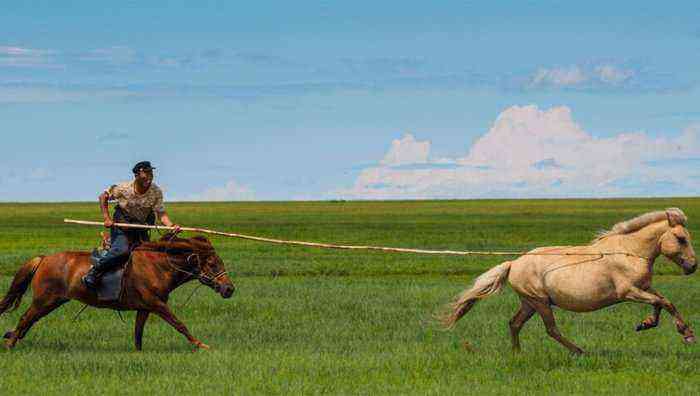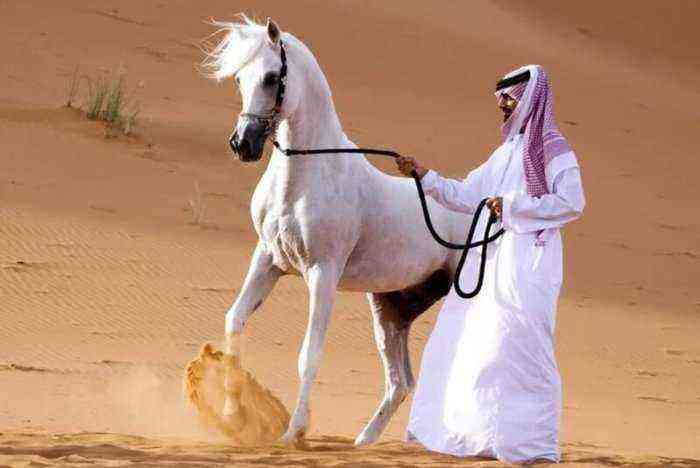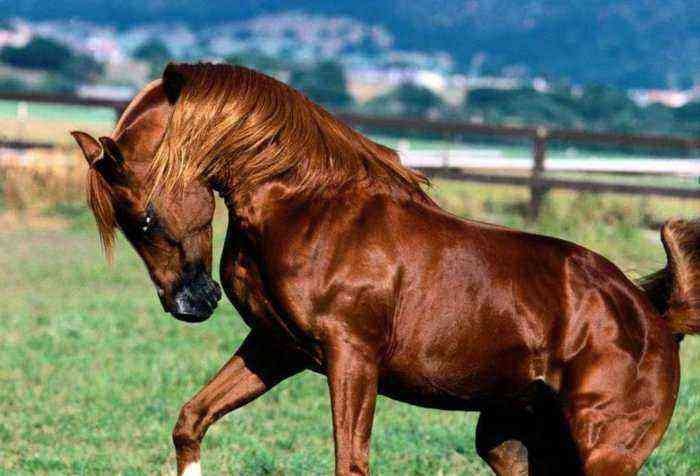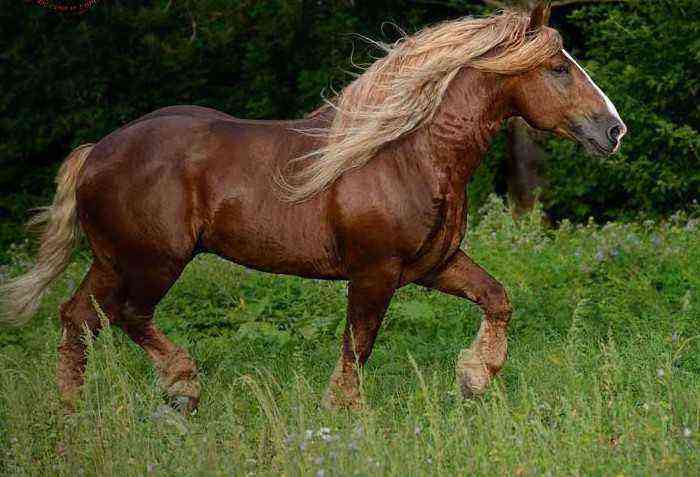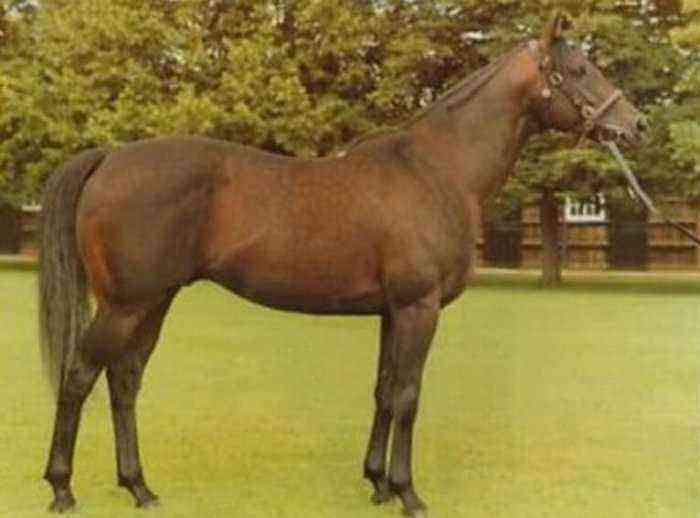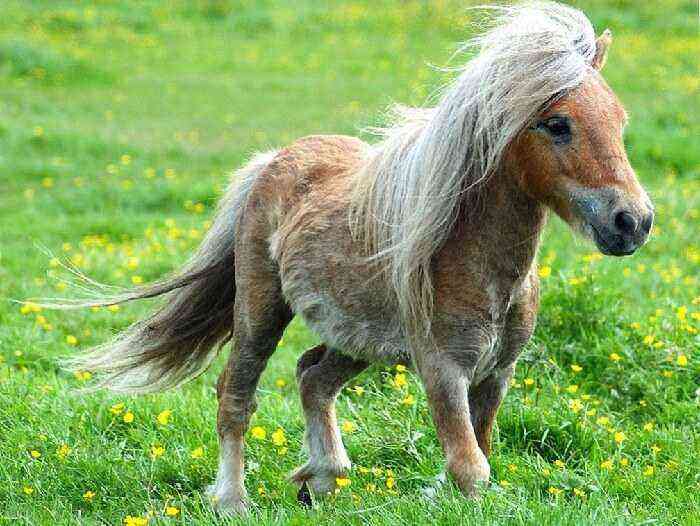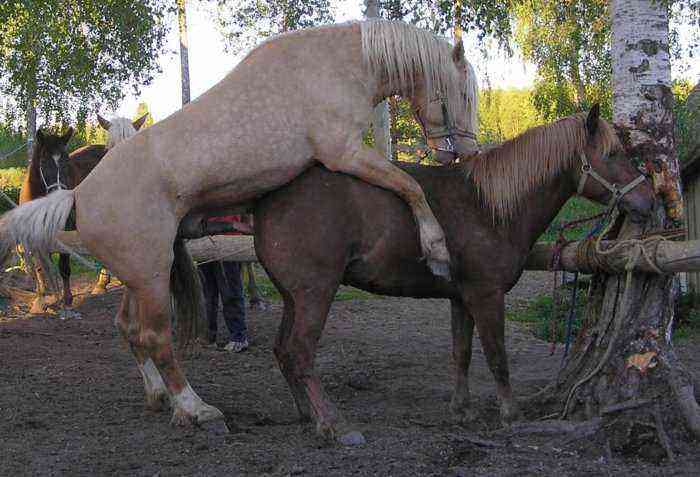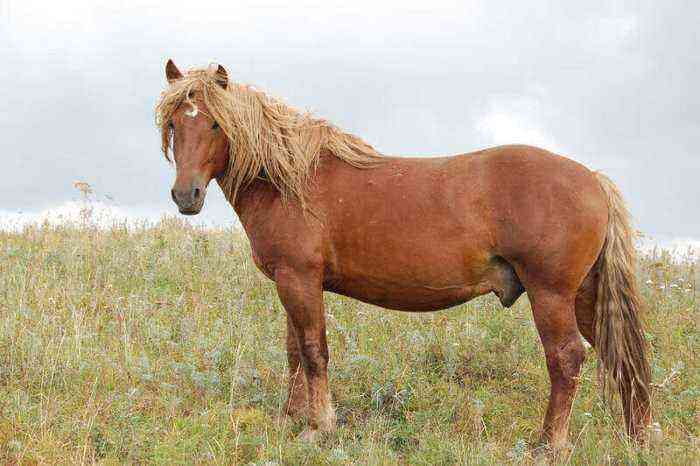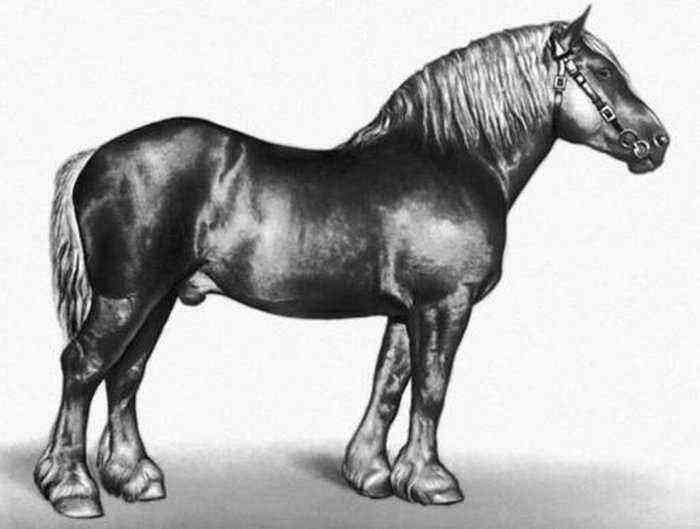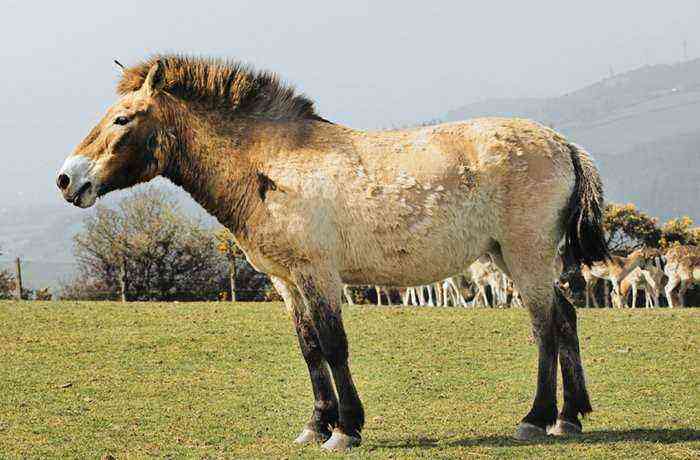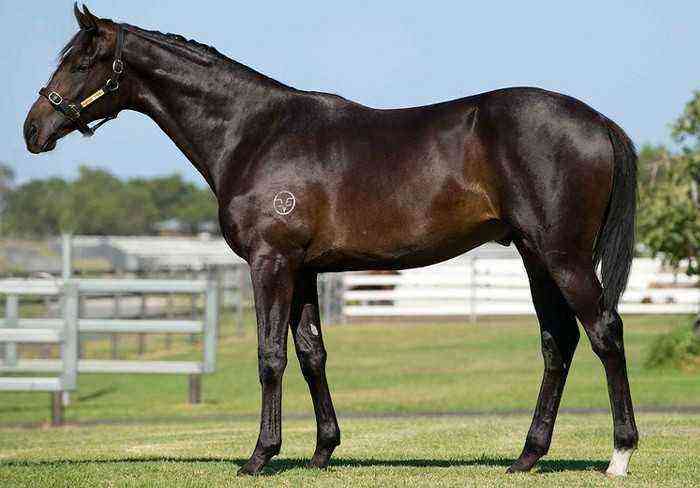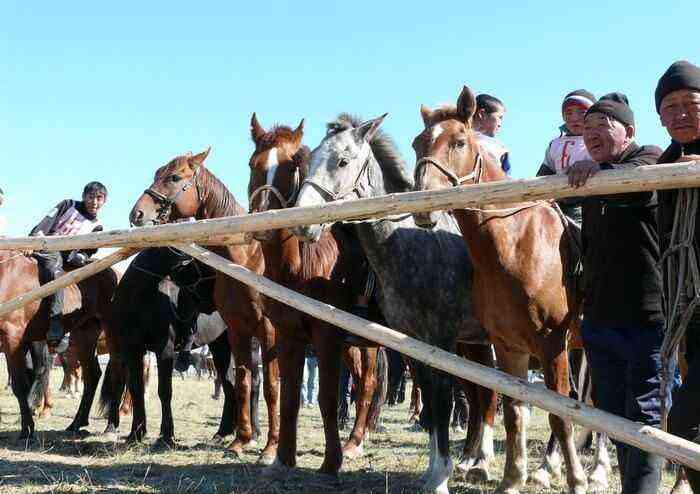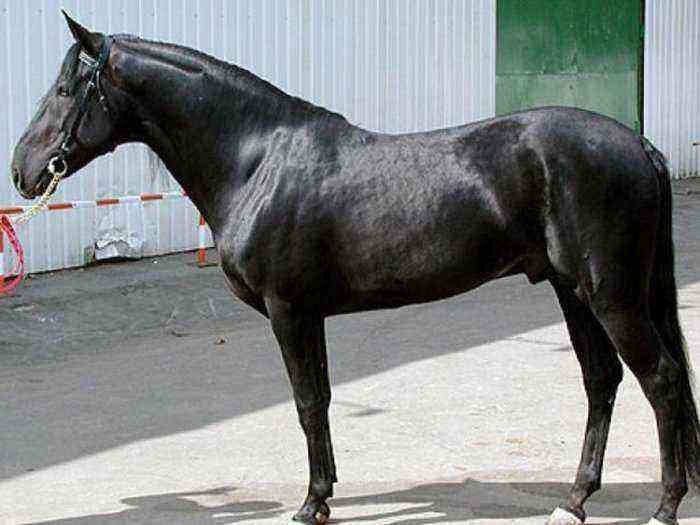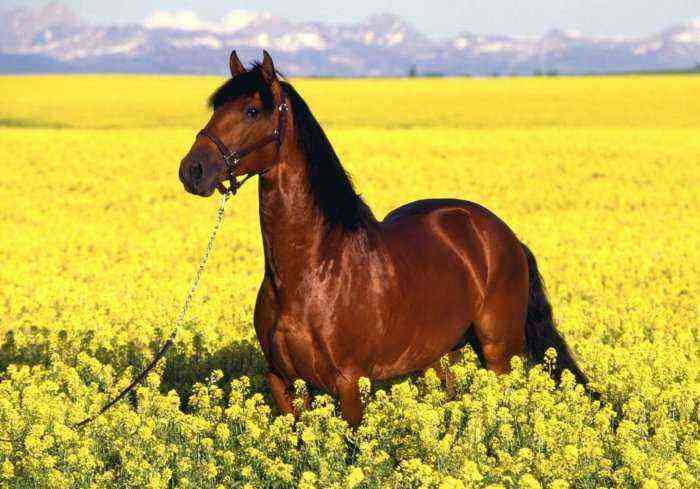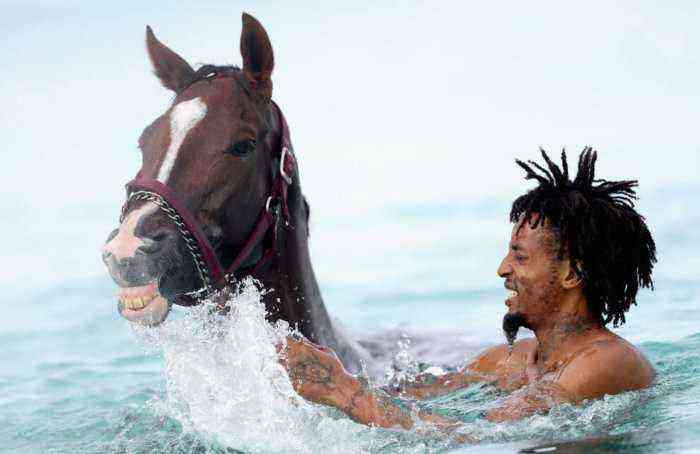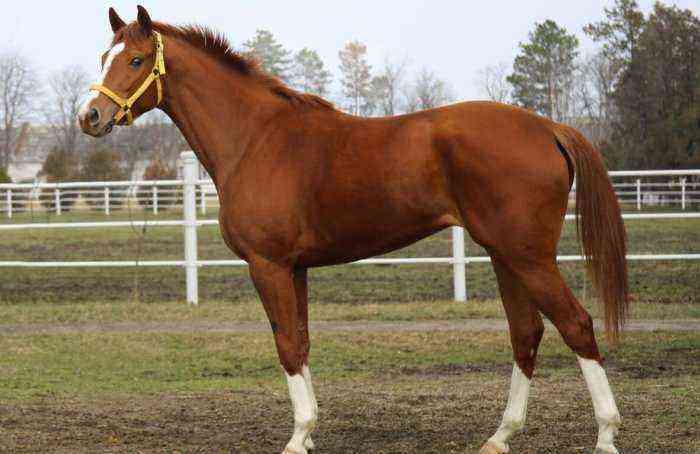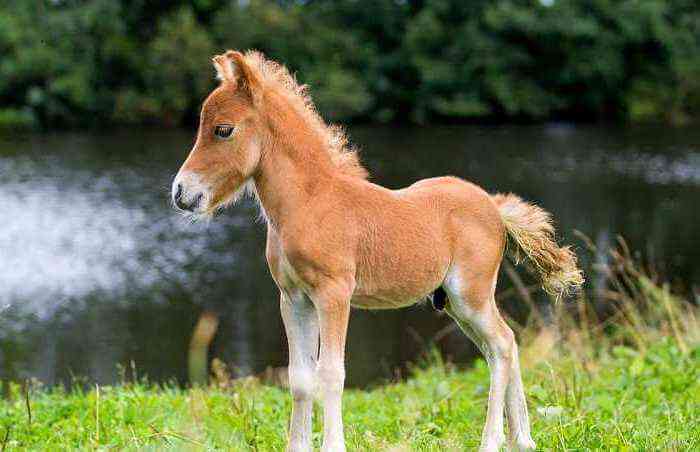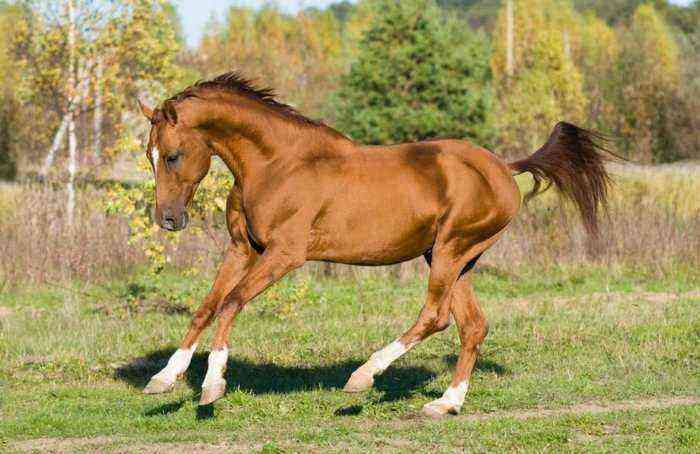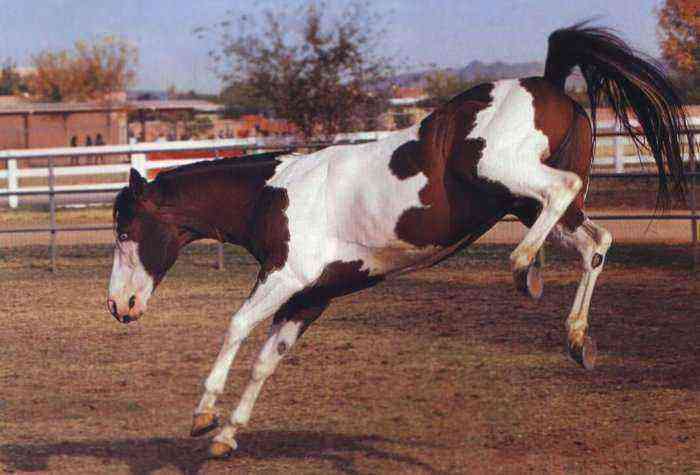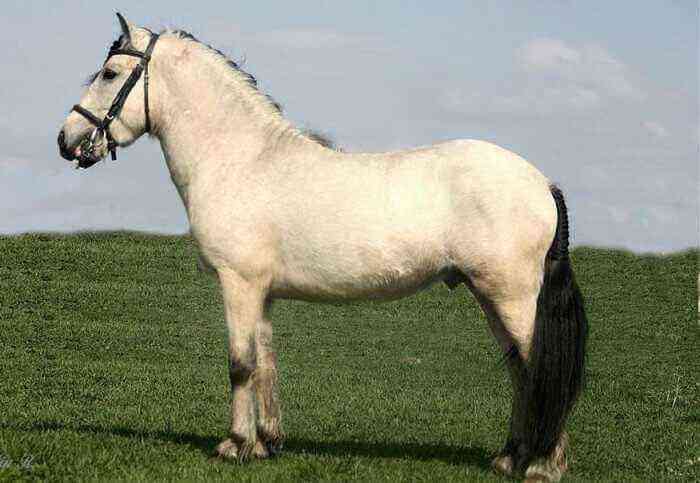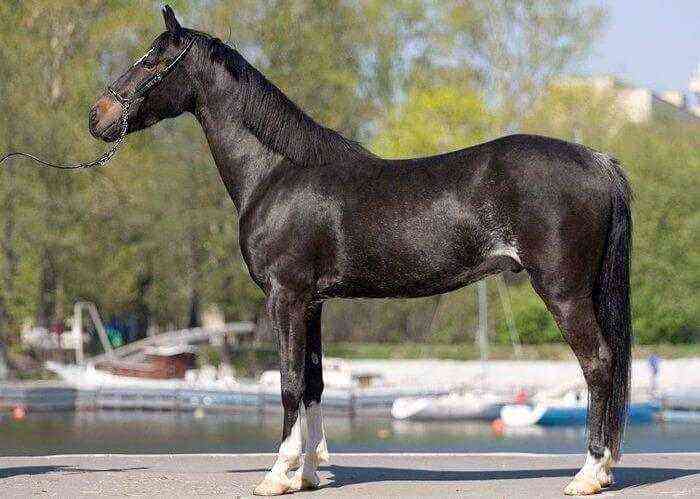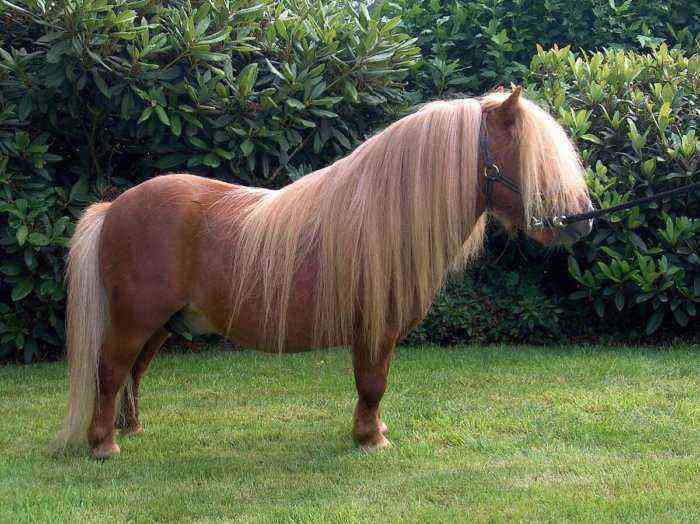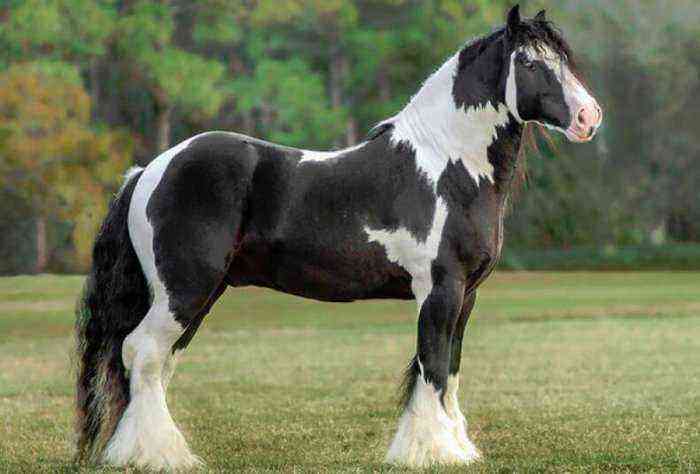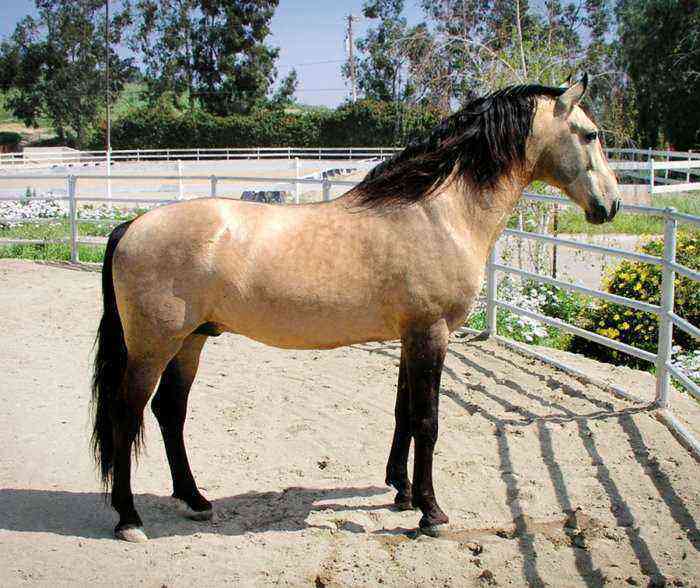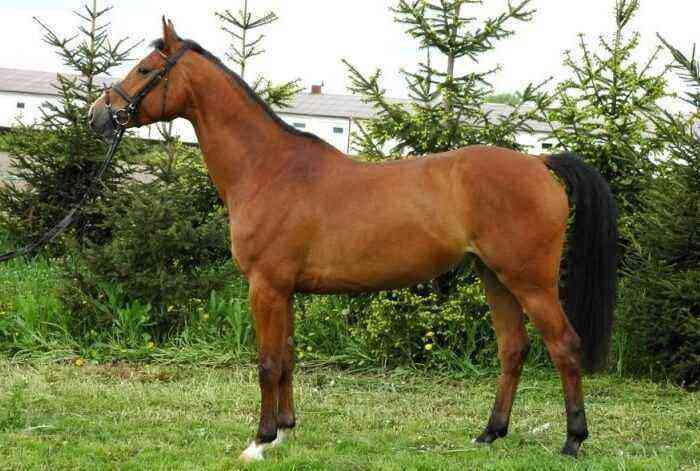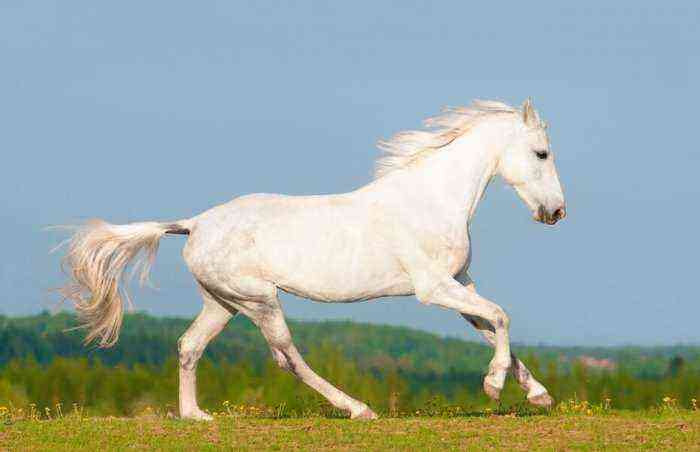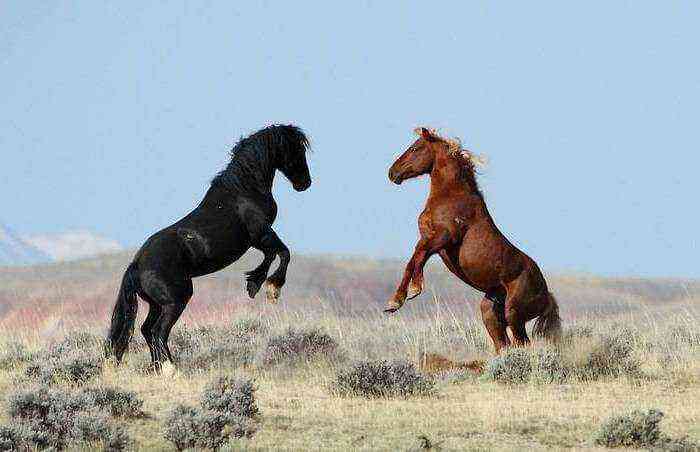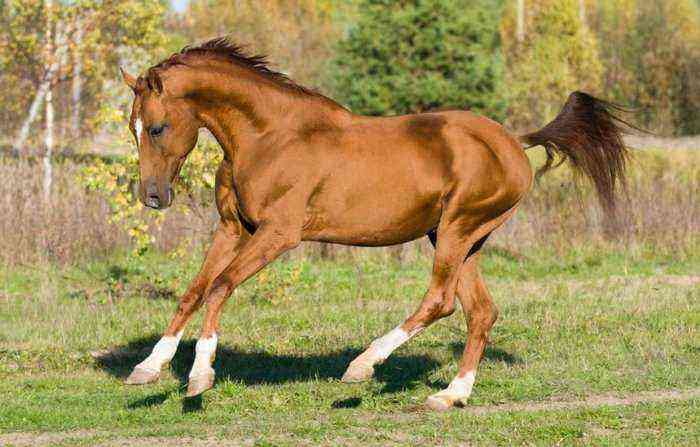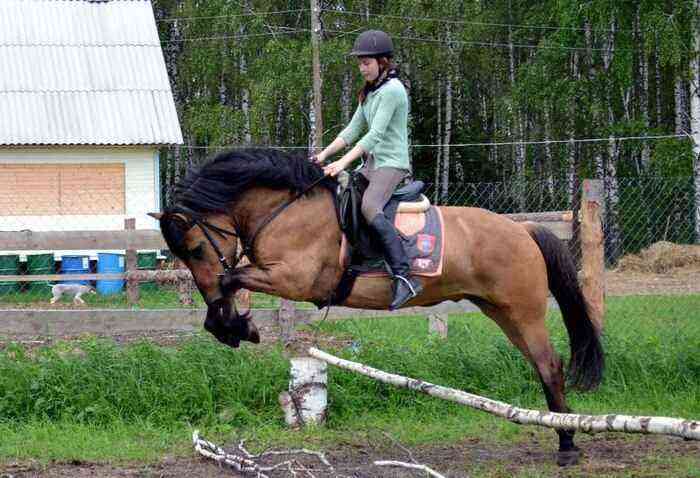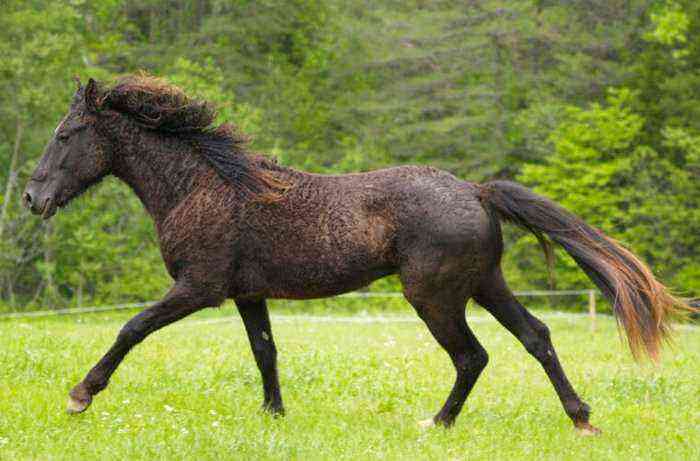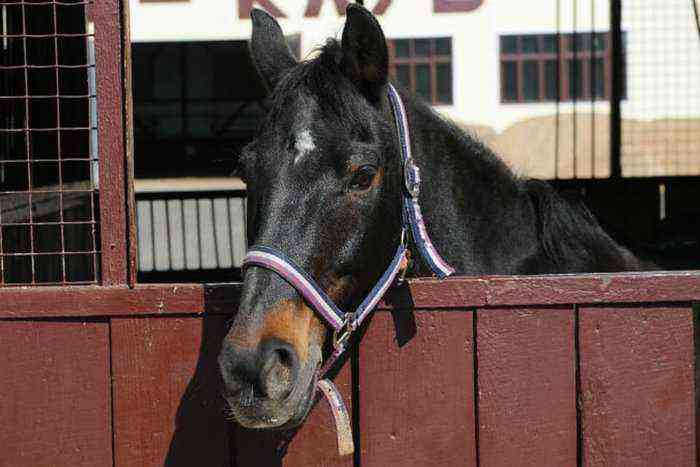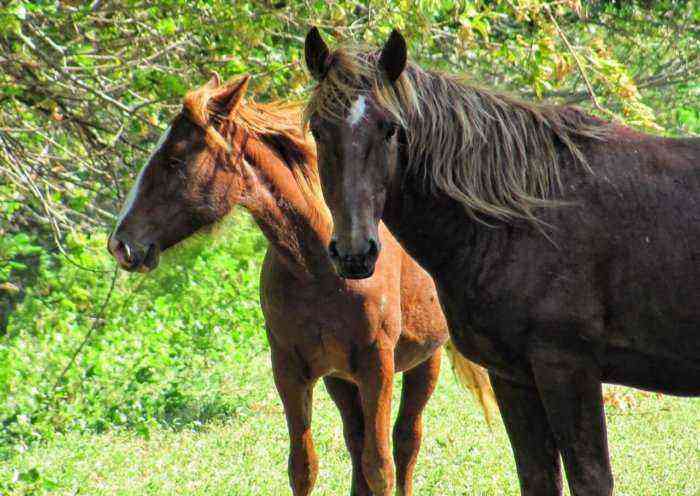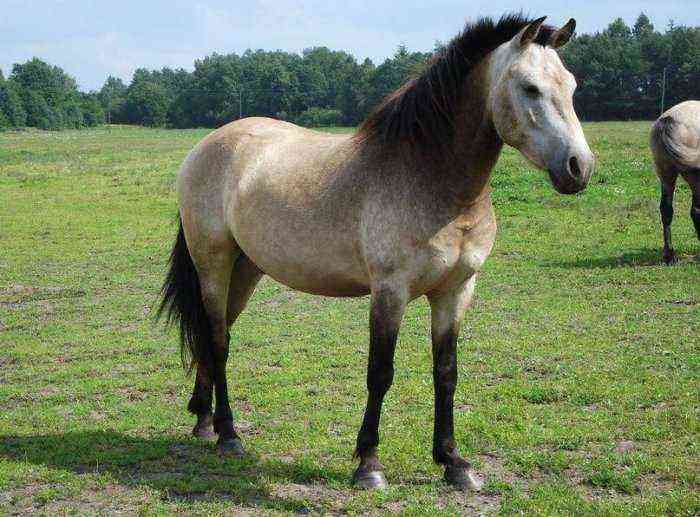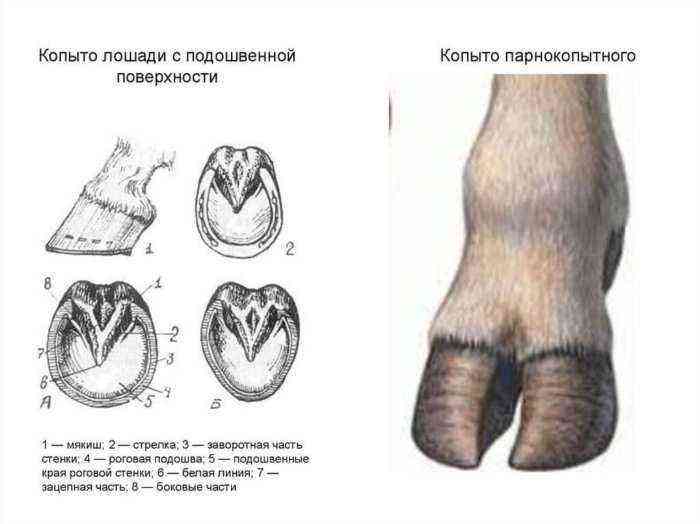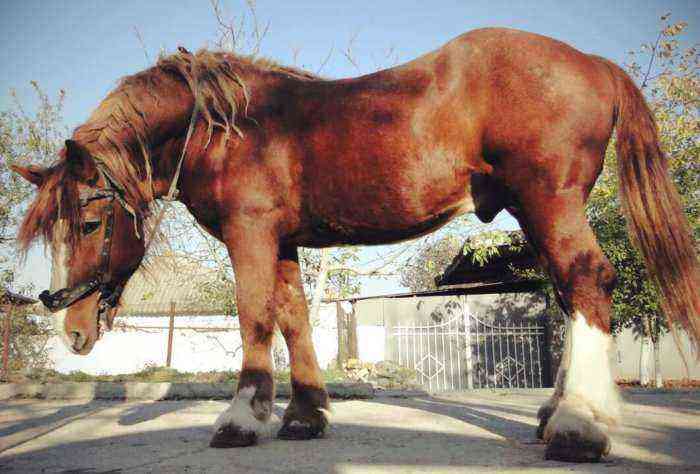The Kabardian breed of horses is truly unique. Being natives of the North Caucasus, these horses are considered to be one of the most ancient breed lines. Many centuries of development of such a breed in the mountains provided its representatives with incredible endurance, which brought them among the leaders of modern mileage and triathlon. But these horses gained worldwide fame not only due to endurance and stamina. Many other qualities of Kabardians are surprising to professional breeders and just amateurs. Moreover, amazing legends have been circulating about most of them since ancient times.
Kabardian horses
History
The Kabardian breed has a rather rich and eventful history. Kabarda, one of the historical regions of the northern part of the Caucasus, is considered the birthplace of these animals. The horses of the Kabardian pedigree line were bred by the people of the Adygs, who also bear the name “Circassians”.
The origin of the breed
One of the earliest references to the Circassian breed of horses (one of the historical names) is the work of Josaphat Barbaro, dating from the XNUMXth century. The researcher notes that the life of the Circassians of that time was inseparably connected with their horses. This people led a sedentary life with developed agricultural traditions, but constantly had to defend their borders from aggressive neighbors. It was to protect the possessions that the representatives of the nationality brought out hardy, strong and dexterous horses, which showed themselves equally effectively in battle, in long-distance crossings over mountainous terrain, when cultivating the land, and also as a beast of burden.
How exactly the breed developed before the XNUMXth century is not known for certain. In this regard, researchers adhere to two main theories:
- According to the first, such horses developed separately within the same breed group. Its proponents argue that much of the animal’s unique qualities have been developed through rigorous selection and special animal training. Dangerous terrain with a mass of narrow mountain paths, gorges and cliffs contributed to their development.
- The second says that the Kabardian breed developed on the basis of the steppe horse brought by nomads, which was crossed with representatives of oriental breeds. It is believed that these were Arabian stallions and horses brought from Persia.
The Adygs grazed their herds all year round. Moreover, in the summer, they took them to small high-altitude pastures, and with the advent of winter frosts, they drove them to the foothills and to the vast plains. Constant transitions made the animal hardy and versatile. It was equally good at climbing mountain paths and briskly moving across flat terrain. In addition, these horses had incredible agility and courage, which made them useful both in combat and in transporting goods over longer distances.
Period of greatest popularity
The breed became widely known at the end of the XNUMXth century. It was during this period that stories about outstanding dexterous, fast and hardy horses from Kabarda began to circulate in Europe and Asia. This led to the fact that the nobility and wealthy merchants began to visit the region more and more often in order to acquire such a stallion in their collections. Moreover, each of them offered simply fabulous sums at that time.

Kabardian horse
This horse was highly valued by the nobles from Turkey and the Crimea. They bought them in large numbers. Soon after, the Russian Empire came to power over this region of the Caucasus. This led to the fact that many areas of life of the Circassians were suspended in development. But, this trend did not affect the breeding of Kabardian horses. On the contrary, the authorities supported the breeders in every possible way, having appreciated the physical qualities and temper of the stallions.
Decline
The agility and endurance of the improved Circassian breed of horses were also in high demand during the Second World War. Such animals were indispensable during the transitions of Soviet soldiers through difficult mountainous terrain. This made military formations extremely mobile and efficient.
But the use in hostilities led to the mass death of the livestock of these horses. Moreover, during the occupation of Kabardino-Balkaria, a large number of horses were taken out by the invaders, which almost led to the complete disappearance of the breed.
Over time, however, it was restored. But to return the number of livestock, thoroughbred English stallions were used. After such a merger, many experts oppose the return of the original name to the breed received. They propose to perceive it already as Anglo-Kabardian. New representatives of the breed line, in addition to improved speed, also had good jumping ability.
Another risk of extinction was expected by the Kabardians at the end of the 90s, when most of the mares of specialized stud farms died. But, nevertheless, the specialists again managed to restore the livestock of the breed by the beginning of the 2000s.
Breed description
The Kabardian breed of horses, bred in the highlands of Kabarda, feels equally good both in the mountains and in the lowlands and foothills. The difficult conditions in which the breed line developed endowed its representatives with resistance to low temperatures, as well as to sudden pressure drops. In addition, the animal is distinguished by a well-developed sense of balance and perfectly feels the path even when crossing narrow mountain eaves.
It is worth noting that during the selection of this variety of horses, several types of animals were formed. Therefore, in addition to general exterior moments, each of them involves a number of individual ones, inherent only to a certain type.
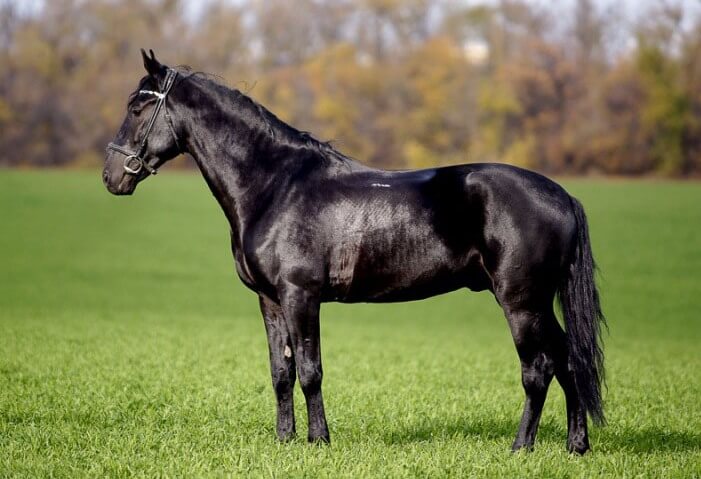
Kabardian horse breed
Intra-breed types
Various types of appearance of Kabardian stallions were formed as a result of certain conditions of keeping, feeding and breeding animals. Three of the main ones are:
- Characteristic. Representatives of this branch actually completely repeat the standard. They are distinguished by a dry physique, a small neat head, a short mane and tail.
- Massive. In contrast to the characteristic ones, which are considered standard riding animals, such animals are already light-draft. They are distinguished by a denser downed body, a short thick neck, strong legs. The backbone is wide and strong, the muscles are better developed.
- Oriental or light. In representatives of this type, the constitution is much drier, and the forms are more defined than in animals of a characteristic type. Such horses are used exclusively as riding. In addition to their graceful appearance, they are also distinguished by a lively temperament and excessive energy.
The largest livestock are animals of the characteristic (basic) type. The smallest group are representatives of the eastern subtype. Also, to a certain extent, these types are distributed on the basis of the place of breeding. So, horses of a massive type are most in demand among breeders in the Stavropol Territory. In Kabardino-Balkaria itself, they are taken out less frequently.
It is worth noting that although each of the types implies a number of its own characteristics, nevertheless, the main part of the exterior moments is similar for them. This is what allows us to classify all the types as one breed.
Exterior
The appearance of these animals was also largely influenced by the mountainous terrain in which they developed. Their constitution is dry, and the dimensions are small. The average height of representatives of the breed line varies between 149-157 cm. The mass of such living creatures, as a rule, does not exceed 400 kg.
Of the features of the physique of the horse, the following points are distinguished:
- proportionally folded body with developed muscles, ligaments and a minimum amount of subcutaneous fat;
- straight strong back;
- wide, slightly drooping, croup;
- long dry legs with strong tendons and elongated forearms;
- characteristic saber of the hind legs;
- powerful deep chest;
- muscular short neck;
- small head with a hump.
One of the most unique characteristics of the breed is their hooves. They have the shape of a glass, suggest special hardness and tenacity. They provide the animal with high maneuverability on mountain trails. Breeders carefully developed this quality in their horses. One of the most effective ways to harden the hooves of foals was to run them against the current of mountain rivers with a rocky bottom. Such training ensured proper hoof strength, which made it possible not to shoe the stallion.
The mane and tail of the Kabardians consist of sparse hair and suggest a certain waviness.
Suits of Kabardians
The colors of Kabardian horses are quite diverse. Moreover, since ancient times, the Circassians have been extremely responsible in choosing the color of the animal. By suit, they even determined the working qualities of the animal and suitability for certain conditions of use of the horse. In their everyday life, the following beliefs circulated in relation to the main suits:
- Bay. Most of the livestock of Kabardian horses can boast of this color. The Circassians valued him above all else and believed that such a horse was effective both during the day and at night.
- Voronaya. This color is much rarer. Moreover, the Circassians were sure that it was advisable to use black horses only at night. During the day, they become less strong.
- Redhead. Most often, this color also involves a white spot running along the front of the muzzle. It was believed that the horses of this suit are extremely sensitive to sunlight. Therefore, they could not fully reveal their capabilities, heading against the sun.
- Mousey. They are much rarer than others. This color testified to the breeders about the insufficient strength of the hooves.
- Motley. Horses that combined several colors in colors were not used at all in riding.
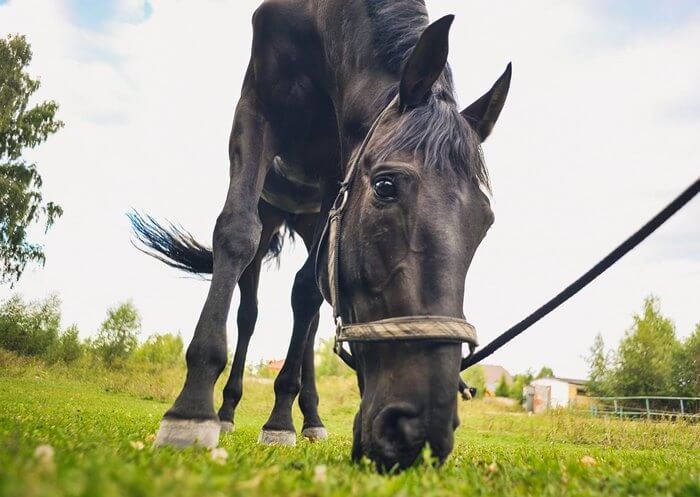
Color of Kabardian horses
To date, the selection of indigenous Circassians is not so hard. Therefore, the main suits can be found in various colors and combinations.
The nature and temperament of animals
The nature of Circassian stallions and mares is rather contradictory. These are bold, energetic and calm animals. If the owner of such a horse shows due respect and care for him, provides proper care, the horse will respond to him with devotion and complete obedience. It is worth noting that such living creatures have well-developed mental abilities. Horses are easy to train, and in the process of interacting with the rider, they easily understand him and what he requires.
But, we should not forget that these are also very proud animals. They do not tolerate insults and violence shown in their direction. At an attempt to hurt the horse, she is quite capable of responding in kind. In addition, with frequent manifestations of violence on the part of the owner, such horses will be extremely aggressive and will respond with resistance to commands. And in this case, there is no need to talk about devotion.
Because of this feature of the breed line, riders of Kabardian horses, like breeders, never use whips and spurs. Such methods of command transmission are suitable for other varieties. Obedience among the Kabardians is achieved by exceptionally tough training and proper care of the animal.
Features of care and breeding
Since ancient times, the inhabitants of Kabardino-Balkaria have bred Kabardian horses in a herd way. Moreover, the conditions for keeping and training such animals were quite harsh. Young stallions and mares were kept outdoors until they were 9 years old. Only after that they were allowed to be transferred to covered stables, where they were provided with proper comfort.
This approach made it possible to harden the animal’s body, increasing its resistance to diseases and temperature extremes. In addition, in semi-wild conditions, the herd found food for itself, which made the living creatures more unpretentious.
Today, at specialized plants, herd keeping is still practiced. Young growth also appears on open pastures. Moreover, individuals at the age of at least 3 years are allowed to mate.
After birth, the foals stay with the mare for several months, feed on her milk and gradually become accustomed to grazing. As a rule, for young breeding mares, the period of stay with the mother is 7 months. From a non-breeding female, the offspring is taken 5-6 months after birth. If the baby is behind in development, he is left with the mare longer, up to one year of age.
After weaning, the foals are placed in warm stables, where they are fed with quality hay and grain. Horses used in sports competitions are also kept in the stable way. The last category of horses provide special conditions. Such stallions are often bathed, stalls are regularly cleaned, and their hooves are cleaned. When riding, only the traditional Circassian saddle is used, which provides a small load on the back of the animal.
Another interesting fact is that when Adyghe horses are kept in stables, light is not brought into the room. Moreover, this tradition in the homeland of animals has been supported from time immemorial. Such a moment allows the stallion to develop good night vision and the ability to navigate in complete darkness.
Food
In terms of food, this breed line is unpretentious. With pasture herd content, they have enough pasture, which in winter is supplemented with selected hay, consisting of meadow forbs and clover.
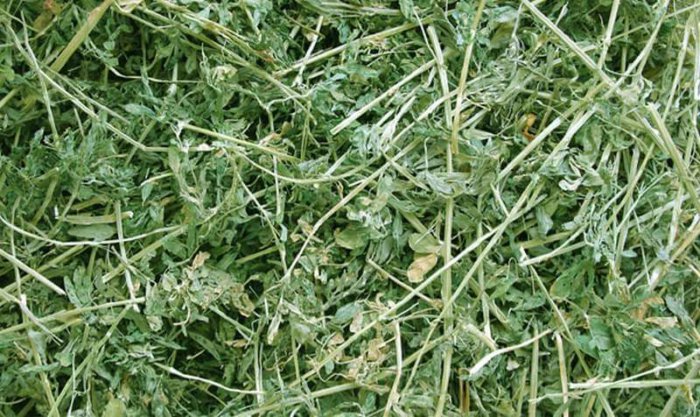
Meadow forbs
In severe drought or especially severe frosts, the diet is slightly modified. It may include the following components:
- concentrates: barley, oats, corn;
- straw;
- grass hay;
- vegetables.
Important! These components are usually used to make mixtures that are fed to animals. Such compounds are rich in energy and nutrients. But when feeding, one should carefully select the feeding norms, since overeating gradually leads the horse to the loss of breeding qualities.
Using
Initially, Kabardian horses were bred for several purposes at once. It had to be a tireless worker, capable of working fields, transporting oversized cargo. In parallel, the Circassians used the horse to protect their lands. In addition, the animal quickly delivered its owner to neighboring settlements.
Today, despite the general development of technology, the Adyghe stallions have not suffered the same fate as many other breeds of horses. They are still just as popular, both at home and abroad.
There are several areas of application of such animals in modern realities:
- Equestrian tourism. Such animals carefully and carefully carry tourists in the mountains, which greatly simplifies sightseeing.
- Sport. Kabardians, thanks to their amazing endurance and speed over long distances, often become winners in triathlon and mileage championships. And the Anglo-Kabardians created after the Second World War also provide serious competition to the show jumping leaders. Moreover, athletes appreciate such stallions extremely highly for their fortitude.
- Border Service. In this area, living creatures are also irreplaceable. It is used to bypass and patrol the mountainous areas and flat borders of the country.
- Mounted police. This direction in the North Caucasus is relatively new in the use of the breed, but is gradually gaining popularity. The police on such a horse remains mobile, and maintenance costs are reduced.
- Amateur riding. Such animals are also popular in arenas for training riders and riding. The calm disposition of the animal contributes to this.
This list of applications of representatives of the Adyghe variety is far from complete. The animal is extremely highly valued in its homeland. In rural areas, there is a representative of such a pedigree line in virtually every yard. And here this living creature is still used for cultivating the land and transporting goods. It is known that Kabardians can carry luggage weighing 150 kg over a distance of 100 km or more per day.
Thus, the Kabardian breed is an integral part of the culture and life of the Kabardino-Balkarian Republic. This animal is one of the most ancient horses that people have tamed. The characteristic differences of this breed line are incredible endurance, the ability to easily overcome difficult mountain ranges, a calm but proud disposition. Such advantages made the breed line popular not only in equestrian tourism, but also in sports, as well as in the service of the border troops. Moreover, the demand for the animal today still remains at a high level.
